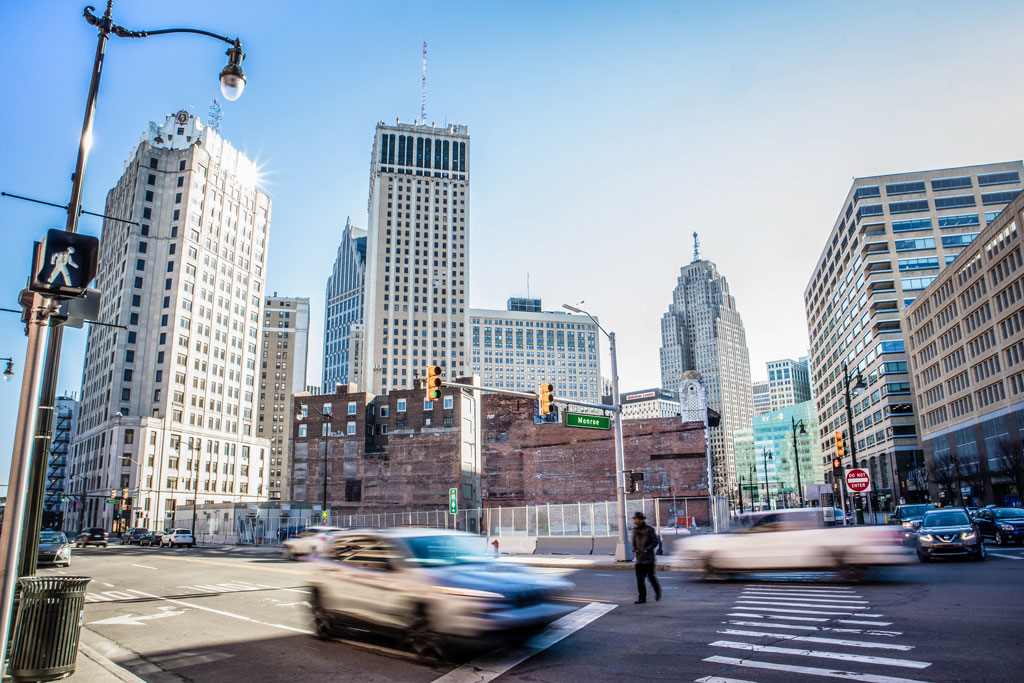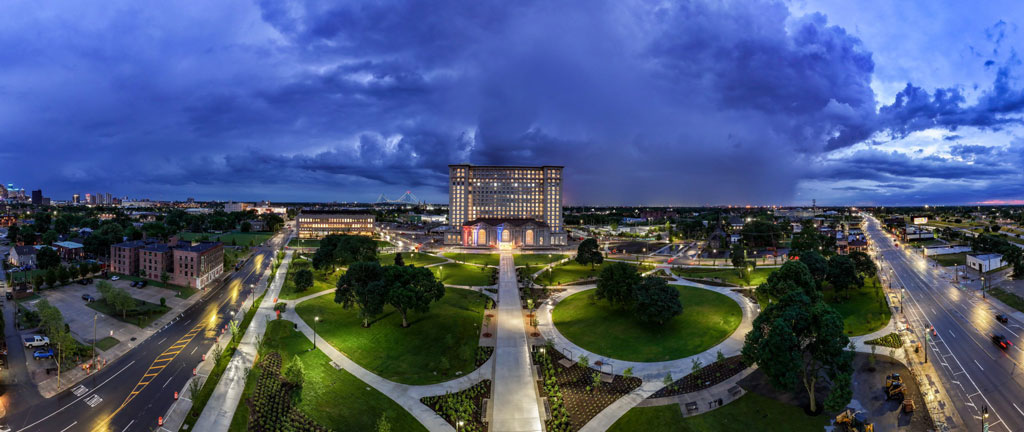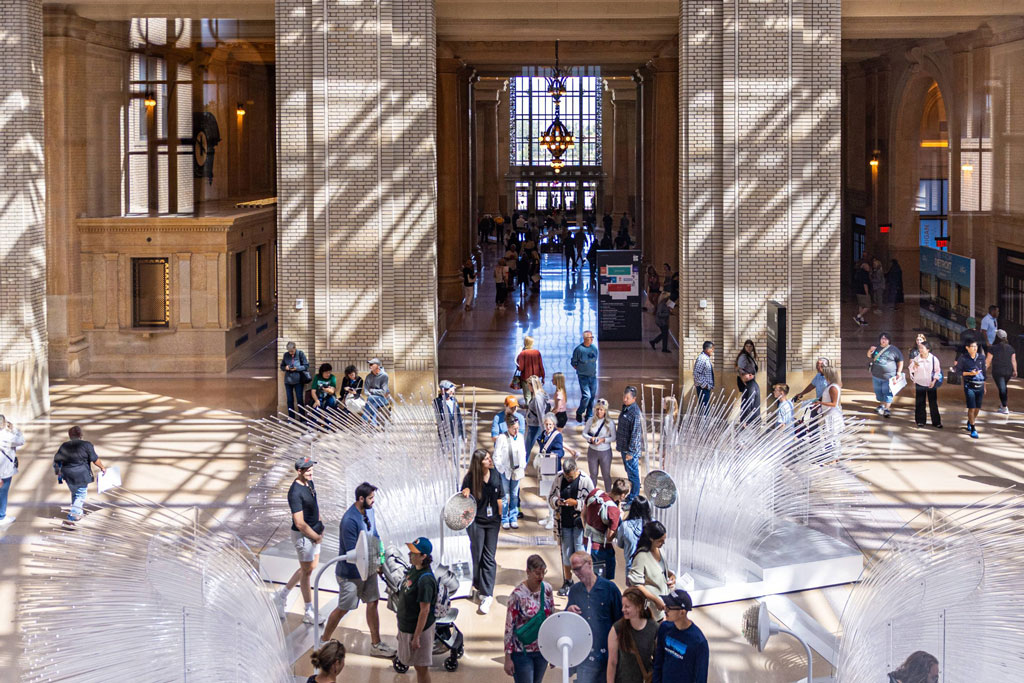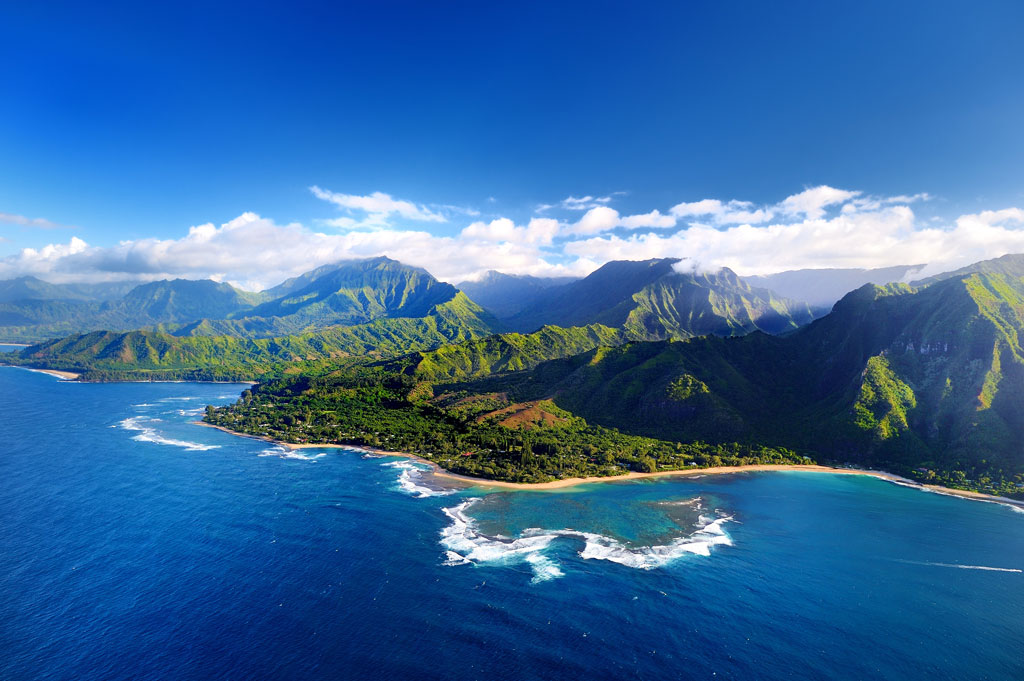Annual Meeting 2025 – Detroit Resources

Detroit’s places and possibilities
In preparation for the 2025 Annual Meeting in Detroit, Michigan, is gathering resources to offer insight into our host city and surrounding areas, with an eye toward making our gathering more reciprocal and beneficial to the people and places of this great city.
Additional resources will be in development as our webinar series continues through 2025. If you have any recommendations, please contact [email protected].
Preparing for the Detroit 2025 Annual Meeting
AAG is hosting Preparing for the 2025 Annual Meeting, a virtual learning series featuring speakers and perspectives to enhance the conference’s connection to the place where it is held. Webinars will be in development as our series continues through 2025.
View the seriesBuilding Black Food Sovereignty in Detroit
shakara tyler explores participatory and decolonial research methodologies and community-centered pedagogies in the food justice, food sovereignty and environmental justice movements.
View the webinar
Key takeaways for self-reflection:
- What caused Detroit Black Community Food Sovereignty Network (DBCFSN) to change the name from “Security” to “Sovereignty?”
- With one third of urban space in Detroit being vacant, is the Detroit municipality actively working to support the creation of farms or provide monetary assistance to support DBCFSN’s D-Town Farm or other black farmers and farms across the city?
- Can white people who support racial justice play a useful role in the food sovereignty movement outside of participating in DBCFSN?
- What are some next steps for DBCFSN in the upcoming year and how can we support your efforts?
- What is the ownership structure of the land and places you described? Are they protected from investor acquisitions?
Environmental Justice in Detroit: Power and Pollution in the 21st Century
Michelle Martinez, director of the Tishman Center for Social Justice and the Environment at the University of Michigan, discusses the environmental justice (EJ) movement in Detroit over the last 20 years, highlighting the struggle to organize city politics around energy justice, water, and democracy.
View the webinarCo-producing Urban Space in Majority Black Detroit’s “Revival:” Co-governance Strategies to Community
Linda S. Campbell, director of Detroit People’s Platform (DPP), and Theo Pride is the organizing and operations manager with DPP, illustrate how co-governance strategies, including Community Benefit Agreements (CBA) and Participatory Budgeting (PB), have resulted in more just and inclusive outcomes for majority-Black Detroit.
View the webinarHalal Metropolis: Making Muslim Space and Community in Detroit
Sally Howell, professor of history at University of Michigan-Dearborn, speaks on the creation of community among Muslim residents of the Detroit area.
View the webinarPitas and Passports: Arab Foodways in the Windsor-Detroit Borderlands
Robert L. Nelson, head of the Department of History at the University of Windsor, Canada, explores border foodways between Windsor/Detroit, the steady arrival of Arab communities, the catastrophic fissure brought about by 9/11 and how the smaller Windsor community has evolved to deal with this rupture.
View the webinarResources will be in development as our webinar series continues through 2025.
- Boggs, Grace. Living for Change: An Autobiography. AK Press.
- Charnas, Dan. Dilla Time: The Life and Afterlife of J. Dilla, the Hip-Hop Producer Who Reinvented Rhythm. Picador/MacMillan, 2022. Note: Dan Charnas will be in conversation with Katherine McKittrick at AAG 2025.
- Cooper, Dara. Reframing Food Hubs: Food Hubs, Racial Equity, and Self-Determination in the South, 2018. [report]
- Darden, Joe T. and Richard W. Thomas. Detroit: Race Riots, Racial Conflicts, and Efforts to Bridge the Divide, Michigan State University Press, 2013.
- Gordon Nembhard, Jessica. Collective Courage: A History of African American Cooperative Economic Thought and Practice, 2014.
- Hill, Alex B. Detroit in 50 Maps, Arcadia Publishing, 2021.
- Miles, Tiya. The Dawn of Detroit: The Chronicle of Slavery and Freedom in the City of the Straits. New Press, 2019.
- White, Monica. Freedom Farmers: Agricultural Resistance and the Black Freedom Movement, 2018.
Additional resources will be in development as our webinar series continues through 2025
- Baker, Rachael. A Century of Grace; Restorative Spatial Justice, Pedagogy, and Beloved Community in Twenty-First Century Detroit [paywall]
- Bastian, Elizabeth; and Jacob Napieralski. Suburban Food Security: Walkability and Nutritional Access in Metropolitan Detroit
- Bentley, George C.; Priscilla McCutcheon; Robert G. Cromley; Dean M. Hanink. Fitzgerald: A Return to the Neighborhood and Its Contemporary Structural and Geographical Contexts
- Chen, Ruidun; Cong Fu; Shanhe Jiang; Minxuan Lan; and Yanqing Xu. The Impact of Spatial Changes on the Assessment of CCTV Effects: An Example of the Green Light Project in Detroit
- Darden, Joe; Mohammad Rahbar; Louise Jezierski; Min Li; and Ellen Velie. The Measurement of Neighborhood Socioeconomic Characteristics and Black and White Residential Segregation in Metropolitan Detroit: Implications for the Study of Social Disparities in Health
- Deskins, Donald R. Race, Residence, and Workplace in Detroit, 1880 to 1965
- Foote, Aaron; and Cedric de Leon. Origins of the Flint Water Crisis: Uneven Development, Urban Political Ecology, and Racial Capitalism [paywall]
- Grady, Sue; and Joe Darden. Spatial Methods to Study Local Racial Residential Segregation and Infant Health in Detroit, Michigan
- Gregory, Siobhan. Authenticity and luxury branding in a renewing Detroit landscape [paywall]
- Mays, Kyle T. Narratives of dispossession: a precondition of colonialism in Detroit [paywall]
- Morgan, Jane; and Sujata Shetty. Regional equity through community development planning: the Metro Detroit Regional Investment Initiative [paywall]
- O’Kelly, Morton E. The Role of Geographic Expertise in International Border Disputes: A Study of the Middle of Lake Erie Through Historical and Cartographic Perspectives
- Robsky, Eric Huntley; and Matthew Rosenblum. The Omega Affair: Discontinuing the University of Michigan Department of Geography (1975–1982)
- Safransky, Sara. Land Justice as a Historical Diagnostic: Thinking with Detroit
- Slager, Emma Jean. Ruin tours: performing and consuming decay in Detroit [paywall]
- Van Lier, Nicole. Regulating Improvement: Industrial Water Pollution, White Settler Authority, and Capitalist Reproduction in the St. Clair–Detroit River Corridor, 1945–1972
- William Widdis, Randy. “Across the Boundary in a Hundred Torrents”: The Changing Geography of Marine Trade Within the Great Lakes Borderland Region During the Nineteenth and Early Twentieth Centuries
- Wright, Jamaal Willie; Adam Bledsoe; Priscilla Ferreira; Kristen Maye; and Ellen Louis. Beyond Geographies of Race
A Culture of Collectivism: A Story from Detroit | Young Farmers 2024 Eastern Keynote [YouTube Video] – Recommended during shakara tyler’s webinar session, this recording of the Eastern Keynote from the Young Farmers 2024 meeting is from farmer and organizer Tepfirah Rushdan, the director of sustainability for the City of Detroit and a leader of the Detroit Black Farmer Land Fund. Poet Sophie Strand provides a follow-up focusing on storytelling and ecology.
Resources will be in development as our webinar series continues through 2025.
Resources will be in development as our webinar series continues through 2025.


